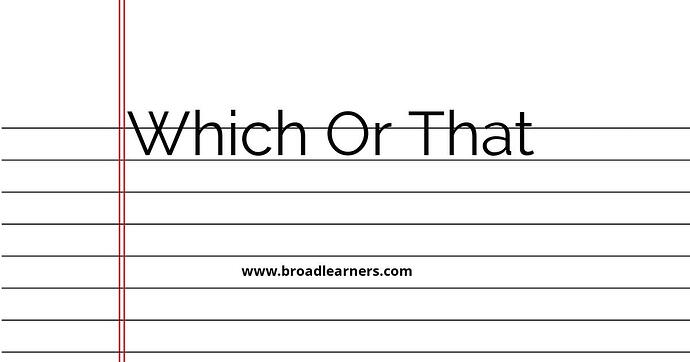'Which' and 'that' are commonly confused words in English grammar. Understanding the difference between 'which' and 'that' is important to use them correctly in written and spoken English.
'Which' and 'that' are both relative pronouns used to introduce a subordinate clause that provides additional information about a noun or a subject. However, they are used in different contexts.
'Which' is used to introduce nonessential or additional information. It is used when the information in the subordinate clause is not necessary to understand the main clause.
'That' is used to introduce essential or restrictive information. It is used when the information in the subordinate clause is necessary to understand the main clause.
Let's take a closer look at the meanings and usage of 'which' and 'that'.
| 'Which' | 'That' |
|---|---|
| The word 'which' is used to introduce nonessential or additional information. | The word 'that' is used to introduce essential or restrictive information. |
|
|
To remember the difference between 'which' and 'that', it can be helpful to remember that 'which' is used for nonessential or additional information, while 'that' is used for essential or restrictive information.
Here are some examples of correct usage:
- I have a car that runs on electricity. (essential information)
- I have a car, which is blue. (additional information)
- She wore the dress that she bought last week. (essential information)
- She wore the dress, which was expensive. (additional information)
Remembering the correct usage of 'which' and 'that' will improve your grammar and communication skills.
